Table of Contents
If you’re involved in a rear-end collision, you might worry about liability and compensation. When another motorist smashes into your vehicle from behind, the fault usually lies with them.
However, this isn’t always the case. Keep reading to learn more about rear-end collisions, liability, and compensation. Then speak with one of our Denver car accident attorneys for assistance with your accident insurance claim.
Understanding liability for rear-end collisions could help protect your rights after an auto accident.
Who is at fault in a rear-end accident is the usual question for individuals who have been in these types of collisions. It is also a source of misinformation that could make it hard to understand your legal rights after a crash. Typically, the rear driver will be at fault for a rear-end collision. However, liability for the incident isn’t automatically given to the motorist in the lead vehicle.
Rear-end collisions are commonplace car accidents, but they still have the possibility of causing severe injuries and thousands of dollars in damages. These collisions are often the result of negligence and proving which party acted distractedly is vital in deciding who’s at fault.
Liability for Rear-End Collision
The motorist whose actions caused the rear-end collision is usually at fault. Typically, the rear driver is responsible for a crash, but not always. In some situations, several drivers share liability. Examples of negligent actions that could lead to a rear-end collision include:
Impaired driving – Driving under the influence of drugs, medications, or alcohol could cause drowsiness, impairing a driver’s judgment and response time.
Speeding – Driving too fast decreases the time a driver can react and lessens the distance necessary to stop safely.
Distracted driving – Drivers distracted due to talking on the phone, eating, texting, or other activities that take their concentration off the road can give a motorist no chance of braking to avoid a collision. Despite Colorado’s law against texting while driving, numerous distracted driving collisions happen every year.
Fatigue – Driving while sleeping could slow down a driver’s reaction time, enhancing the odds of not seeing a vehicle stopping in front of them.
Tailgating – Tailing too closely behind another vehicle or not putting enough space between the lead vehicle in case it becomes necessary to suddenly stop is the main reason for a rear-end collision.
Sudden stops – When the leading vehicle brakes suddenly, the following vehicle might not have a chance to react and stop, especially if they are distracted or tailgating.
Poor weather conditions – Slippery roads because of ice, rain, or snow could increase stopping distances and make it difficult to maneuver a vehicle, escalating the risk of rear-end collisions.
Faulty brakes – If a vehicle’s brakes are defective or aren’t accurately maintained, the vehicle might not be able to stop in time to avert an accident.
To avoid a rear-end collision, drivers should:
- Keep a safe following distance,
- Be extra vigilant in adverse weather
- Avoid distractions
- Drive at a safe speed
- Get regular maintenance on their vehicle
Proving the Other Driver’s Liability
To prove the other driver’s liability in a rear-end collision, you must establish their negligence. This means revealing evidence that the driver didn’t use reasonable care during the situation.
Explicitly, you must collect evidence that shows that:
The other driver failed to keep control of their vehicle. If road conditions were dangerous, a sensible driver would slow down and enlarge their following distance. Losing control of a vehicle because of reckless driving or speeding shows the absence of reasonable care.
The other driver was not paying adequate attention. For instance, they might have been inattentive due to a phone call, drowsiness, or under the influence of alcohol and drugs. Not paying attention is considered not using reasonable care.
The other driver was following too closely. Several states, including Colorado, have laws in place regarding keeping sufficient space between each vehicle. Rear-ending another vehicle is typically deemed evidence of trailing too closely, which constitutes negligence.
The other driver did not apply their brakes or try to avert the collision. Not even trying to stop or steer away from an imminent crash is a clear indication of negligence. A rational driver would attempt to avoid a collision if paying attention and being vigilant. By collecting evidence to prove the other driver’s distraction, failure to prevent an accident, or failure to keep control of their vehicle, you could establish liability and neglect.
Compensation for vehicle damages and injuries should be the next step. With clear-cut evidence, you have a solid case to pursue legal action against the at-fault motorist.
Rear-End Collision Damages and Compensation
Based on the circumstances, a car accident attorney in Denver can help you receive compensation for several incident-related losses due to a rear-end collision:
- Lost wages
- Property loss like vehicle replacement and repairs
- Current and future medical bills
- Disfigurement
- Diminished future since injuries create long-term disability and an inability to work
- Scarring
- Loss of quality of life
- Pain and suffering
- Personal costs for and during recovery
- Mental and emotional distress
If your case goes to court and a jury finds the negligent motorist’s behavior malicious and fraudulent, the jury might award you exemplary damages. These damages, also referred to as punitive damages, are intended to punish defendants for their offensive actions and discourage similar misconduct in the future.
Contact Our Denver Car Accident Lawyers Today
If you suffered an injury in a rear-end collision in Colorado, you might have the justification to pursue compensation if the collision wasn’t your fault. Our Denver car accident lawyers at The Paul Wilkinson Law Firm will investigate your case, get the evidence needed to verify the at-fault motorist’s negligence, and ask for complete and fair compensation for you. Contact us today to schedule a free consultation with one of our knowledgeable auto accident attorneys.


